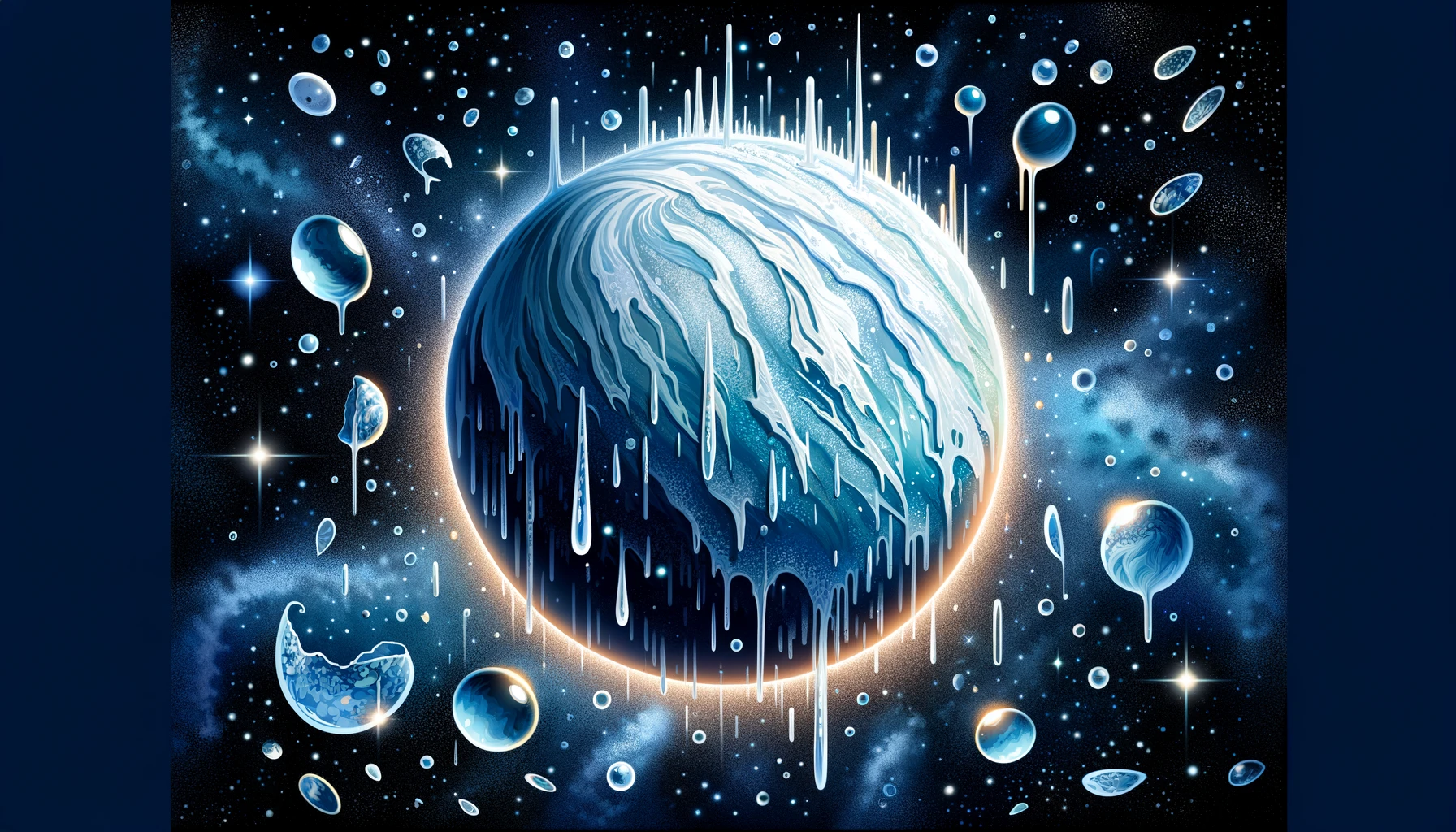HD 189773b Discovery and Exploration
HD 189773b Discovery and Exploration
Table of Contents
- Introduction to HD 189773b
- Discovery of HD 189773b
- Unique Characteristics of HD 189773b
- Atmospheric Conditions
- Importance in Exoplanet Research
- Future Exploration and Studies
- Conclusion
- References
HD 189773b Discovery and Exploration
Introduction to HD 189773b HD 189773b is a fascinating exoplanet located approximately 64 light-years away from Earth in the constellation Vulpecula. It is often referred to as one of the weirdest planets due to its striking and unusual characteristics. This article delves into the discovery and exploration of HD 189773b, highlighting its significance in the field of exoplanet research.
Discovery of HD 189773b HD 189773b was discovered on October 5, 2005, by a team of astronomers using the radial velocity method. This method detects exoplanets by observing the wobble in a star’s motion caused by the gravitational pull of an orbiting planet. The discovery was confirmed using additional observations from the French ELODIE spectrograph at the Haute-Provence Observatory.
Unique Characteristics of HD 189773b Several unique characteristics set HD 189773b apart from other exoplanets:
- Color: HD 189773b is known for its deep blue color, which is unlike any planet in our solar system. The vivid blue hue is not due to oceans, as on Earth, but rather from the presence of silicate particles in its atmosphere.
- Size and Mass: HD 189773b is classified as a hot Jupiter, a type of gas giant that orbits very close to its host star. It has a mass approximately 13% greater than Jupiter and a radius about 14% larger.
- Orbital Characteristics: The planet orbits its host star, HD 189773, at an extremely close distance, completing one orbit in just 2.2 Earth days. This proximity to its star results in extremely high surface temperatures.
Atmospheric Conditions The atmospheric conditions on HD 189773b are extreme and hostile:
- Temperature: The temperature on the planet can reach up to 1,000°C (1,832°F) due to its close orbit around its star.
- Weather: The planet experiences violent weather, with winds reaching speeds of up to 8,700 kilometers per hour (5,400 miles per hour). The atmosphere is composed of silicate clouds, which can condense into tiny glass particles, resulting in a form of glass rain.
- Chemical Composition: The atmosphere contains high levels of hydrogen, methane, and carbon monoxide, contributing to its unique weather patterns and extreme conditions.
Importance in Exoplanet Research The discovery and study of HD 189773b have significant implications for exoplanet research:
- Atmospheric Studies: The unique atmospheric conditions provide insights into the weather patterns and climate of exoplanets, broadening our understanding of planetary atmospheres beyond our solar system.
- Planetary Formation: Studying HD 189773b helps astronomers understand the formation and evolution of hot Jupiters and their interaction with their host stars.
- Technological Advancements: The techniques used to discover and study HD 189773b have paved the way for the development of more advanced tools and methods in exoplanet research.
Future Exploration and Studies Future exploration of HD 189773b will focus on using advanced telescopes and observational techniques to gain deeper insights into its atmospheric composition and weather patterns. Space telescopes like the James Webb Space Telescope (JWST) are expected to provide more detailed observations, further enhancing our understanding of this unique exoplanet.
Conclusion The discovery and exploration of HD 189773b have unveiled a world of extreme conditions and unique characteristics, making it a key subject of interest in exoplanet research. Its vibrant blue color, violent weather, and proximity to its host star offer valuable insights into the diversity of planetary systems in the universe. As technology advances, continued study of HD 189773b will likely yield even more fascinating discoveries.
<ⓒ WizardMedics (wizardmedics.com)>



